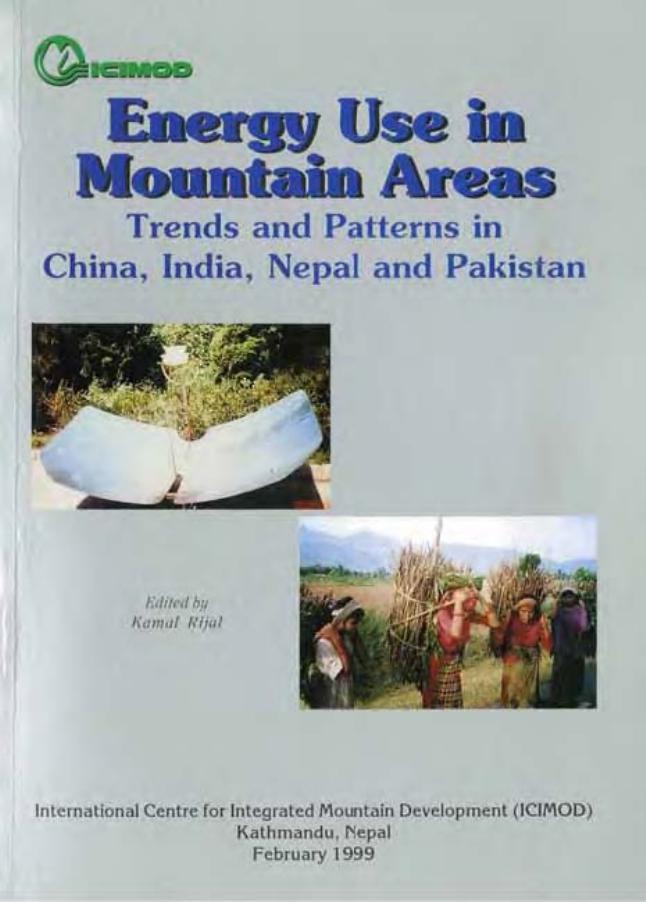
This publication summarises the main findings of a set of studies on energy use patterns in the HKH region carried out in four countries separately, namely, China, India, Nepal, and Pakistan. The results of the studies were used to prepare energy balance tables for the HKH Region of each country and to identify issues emerging concerning energy use. The issues identified were: prevailing unsustainable trends in energy supply and demand in the mountains; inharmonious energy transitions, on the one hand towards non-monetised, low quality energy form and on the other towards non-renewable fossil fuels; wrong choice of energy resources and technologies as a result of a perspective related to both quality and quantity of energy in programme design; ignorance of the bio-physical aspects of mountain areas; weak gender participation; lack of understanding of sociocultural issues; lack of a suitable institutional framework to promote decentralized renewable energy technologies; and the methodological dilemma of internalizing environmental concerns.The publication also proposes a four-pronged strategy for sustainable energy development in the mountains. First, programmes must be geared towards increasing wood resources on a large scale and to upgrading the quality of biomass fuels in order to meet cooking and heating needs. Second, energy policies for mountain areas should emphasise new and renewable decentralized resources and technologies (via rural electrification or motive power generation), not only in order to sustain and increase economic activities but also to reduce human drudgery, particularly that of women and children. Third, efficient energy technologies should be promoted to facilitate improvements in the physical quality of life and achieve a significant reduction in health hazards. Fourth, large-scale development of hydropower should be initiated, in order to generate revenue for alleviating the existing poverty of mountain communities and to develop social and physical infrastructures suitable for these communities. At the same time, care must be taken not only to internalize the associated environmental costs into these projects, but also to ensure that such development results in the overall development of mountain areas.The publication also describes the various policy and institutional measures that need to be taken so that sustainable development of the energy sector in the HKH Region can became a feasible proposition. These measures are: a) removal of the existing distortion in prices; b) encouragement of entrepreneurs; c) promotion of technology transfer and more efficient fuel use; c) dissemination of information on suitable technological options; d) enforcement of regulations, standards, and codes for the promotion of economic and allocative efficiency; e) performance of R&D to develop low-cost and efficient mountain region-specific renewable energy technologies; f) encouraging the development of participation of, and a greater decision-making role for, women in energy programmes; and h) initiating various programmes for building capabilities at the local level.